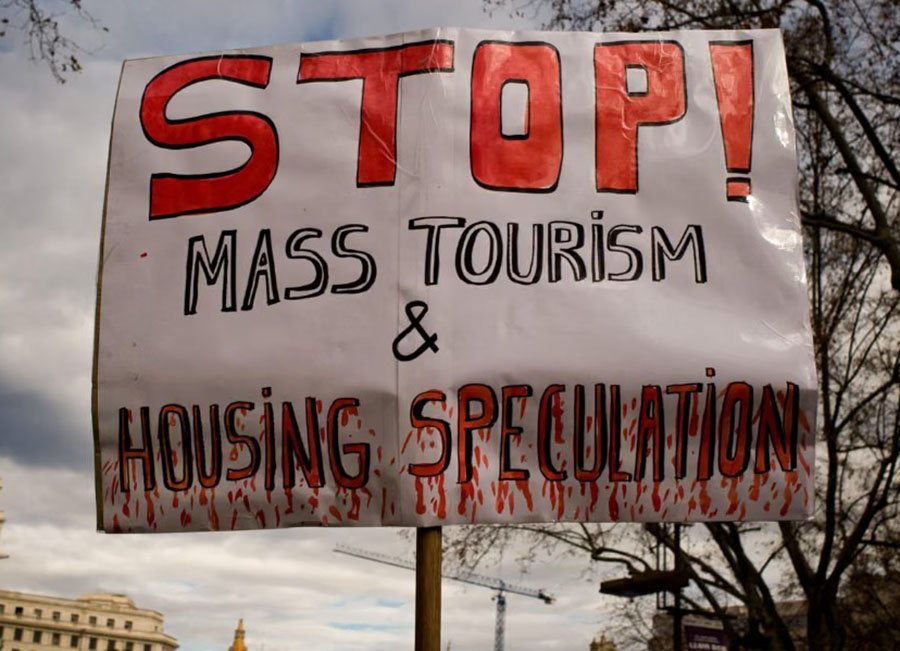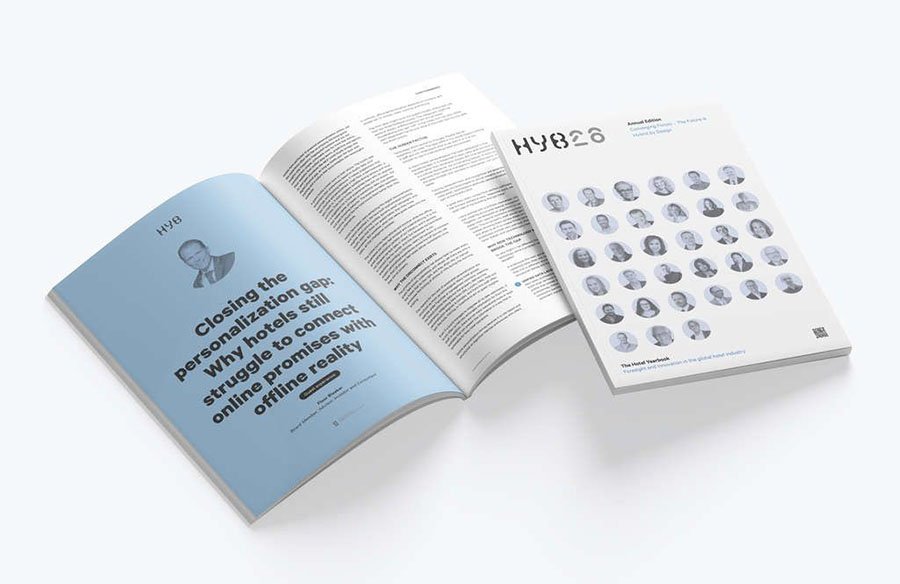Energy-Efficient Real Estate in Italy Costs One-and-a-Half Times More Than Standard Properties

In the first half of 2025, energy-efficient housing in Italy was priced on average 52% higher than properties with low energy performance, according to a report by Immobiliare.it Insights. The premium is explained by several factors, including building age and condition, growing interest in modern homes perceived as more reliable investments, and regulatory pressure.
Across Italy, homes rated class A or higher average about €3,000 per m², whereas properties rated E–G go for less than €2,000 per m². Homes built with advanced technologies cost about one-and-a-half times more than standard real estate. The price difference holds across regions, though it varies significantly by city: Turin leads with a 70% gap (average €3,136 /m² vs. €1,853/m²), Bari at 67% (€3,227 vs. €1,931), and Palermo at 59% (€2,244 vs. €1,414).
In Catania the gap is 44% (approx. €1,800 vs. €1,250), in Verona 31% (€3,234 vs. €2,470), in Bologna 20% (€4,071 vs. €3,400). In Rome the difference stands at 19% (€4,218 vs. €3,548). In the most expensive Rome neighborhoods (Centro Storico, Salario–Trieste, Parioli–Flaminio) class A properties reach around €9,609/m² or ~€7,800/m² in the premium areas; by contrast peripheral areas such as Lunghezza or Castelverde list at around €2,300/m².
In some cities the gap is minimal: Florence shows just a 5% difference (€4,783 vs. €4,540) and Naples around 5% (€3,100 vs. €2,939). Analyst Luke Brucato (Immobiliare.it Insights) notes that energy rating often correlates with building age and condition, but other factors — location, infrastructure, architecture, demand — can cause price variation of several tens of percent within the same city. In Milan, for example, premium properties cost only about 6% more (€5,668 vs. €5,361/m²). The priciest class A apartments are in Garibaldi, Moscova and Porta Nuova (>€12,200/m²); the most affordable in Bisceglie, Baggio, Olmi (~€3,800/m²).
Analysts say that the Italian housing market faces a structural challenge: growing demand for energy-efficient stock but limited supply, especially in older urban areas where new construction is difficult. At the same time authorities are supporting renovation: from 1 January 2025 the Ecobonus tax deduction rules changed — 50% for primary residences and 36% for other properties (compared to previous higher incentives up to 85%). The deduction is spread over ten years. Excluded from the bonus is replacement of gas boilers; incentives remain for heat pumps, hybrid systems and biomass equipment. The 50% rate for main homes is expected to continue in 2026, then drop to 36% (others to 30%) in 2027-28.
This reform coincides with broader changes across the EU real estate market. The revised EU Energy Performance of Buildings Directive (EPBD) will influence property values in the coming years: from 2030 all new buildings must be nearly zero-emission, and by 2033 at least 25% of the least efficient existing stock must undergo renovation. With more than 60% of Italy’s housing built before 1970, a large wave of upgrades is required. Properties not meeting future norms may become harder to sell, cheaper and more difficult to finance. Investors are already advised to factor in renovation costs and compliance risks to maintain liquidity and competitiveness.











